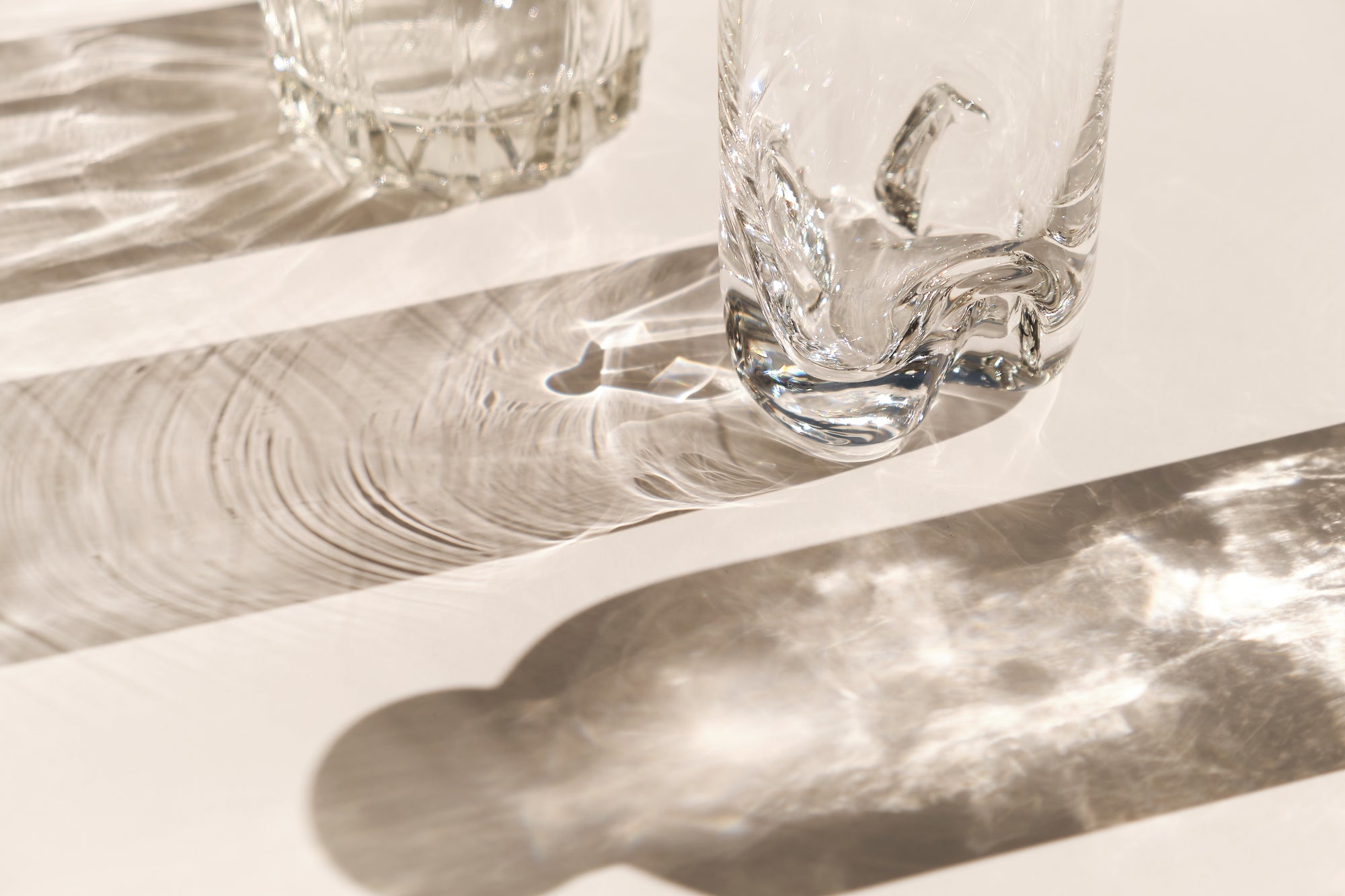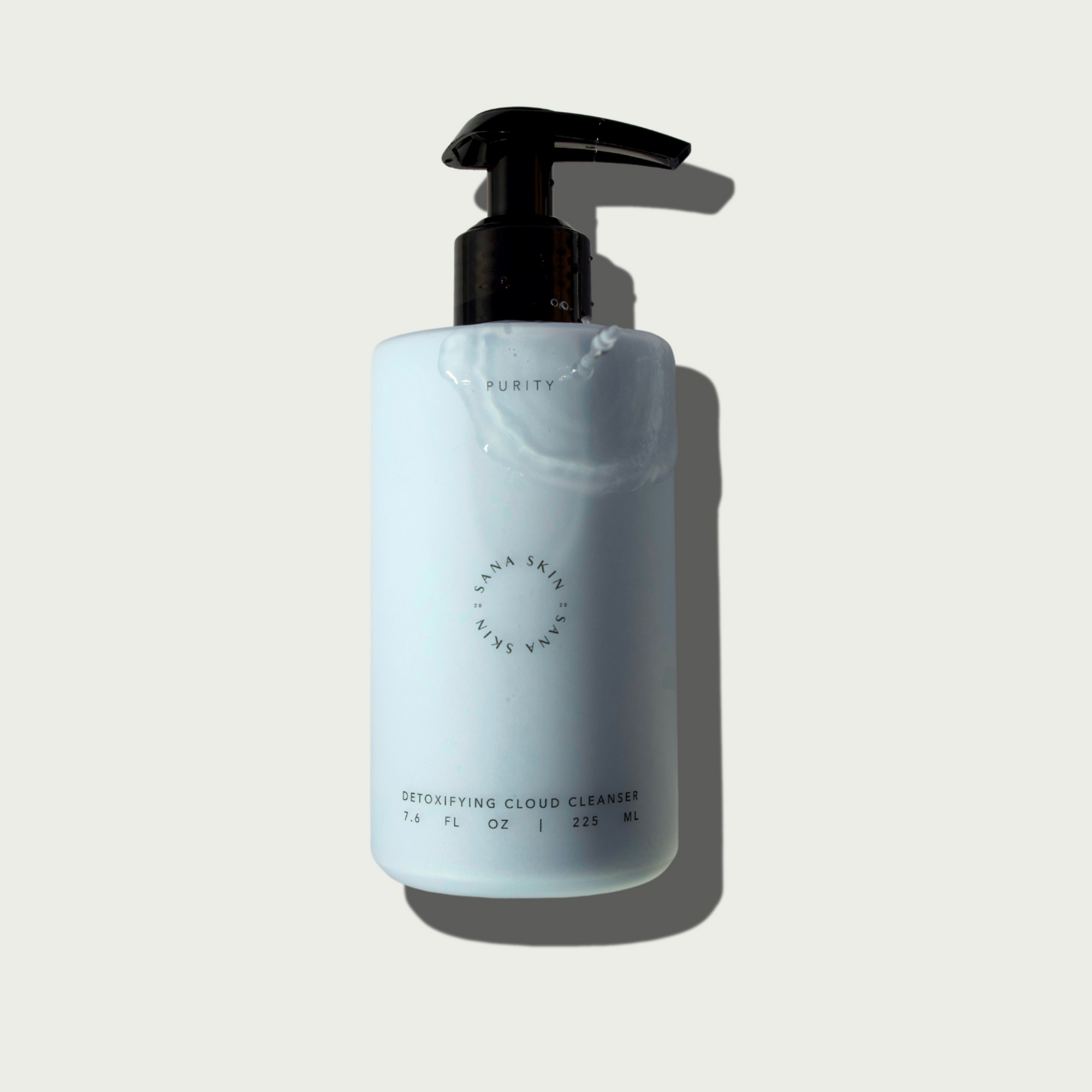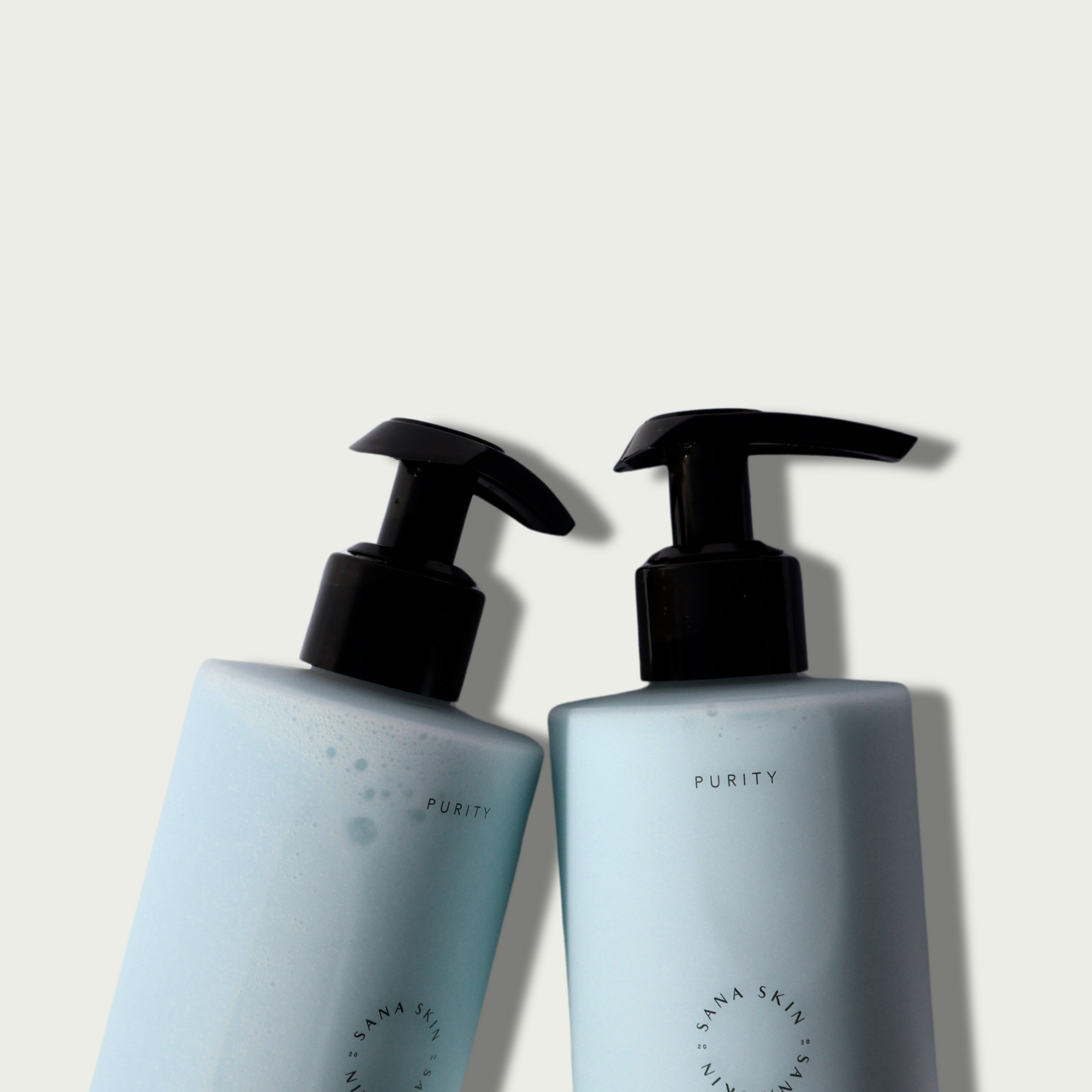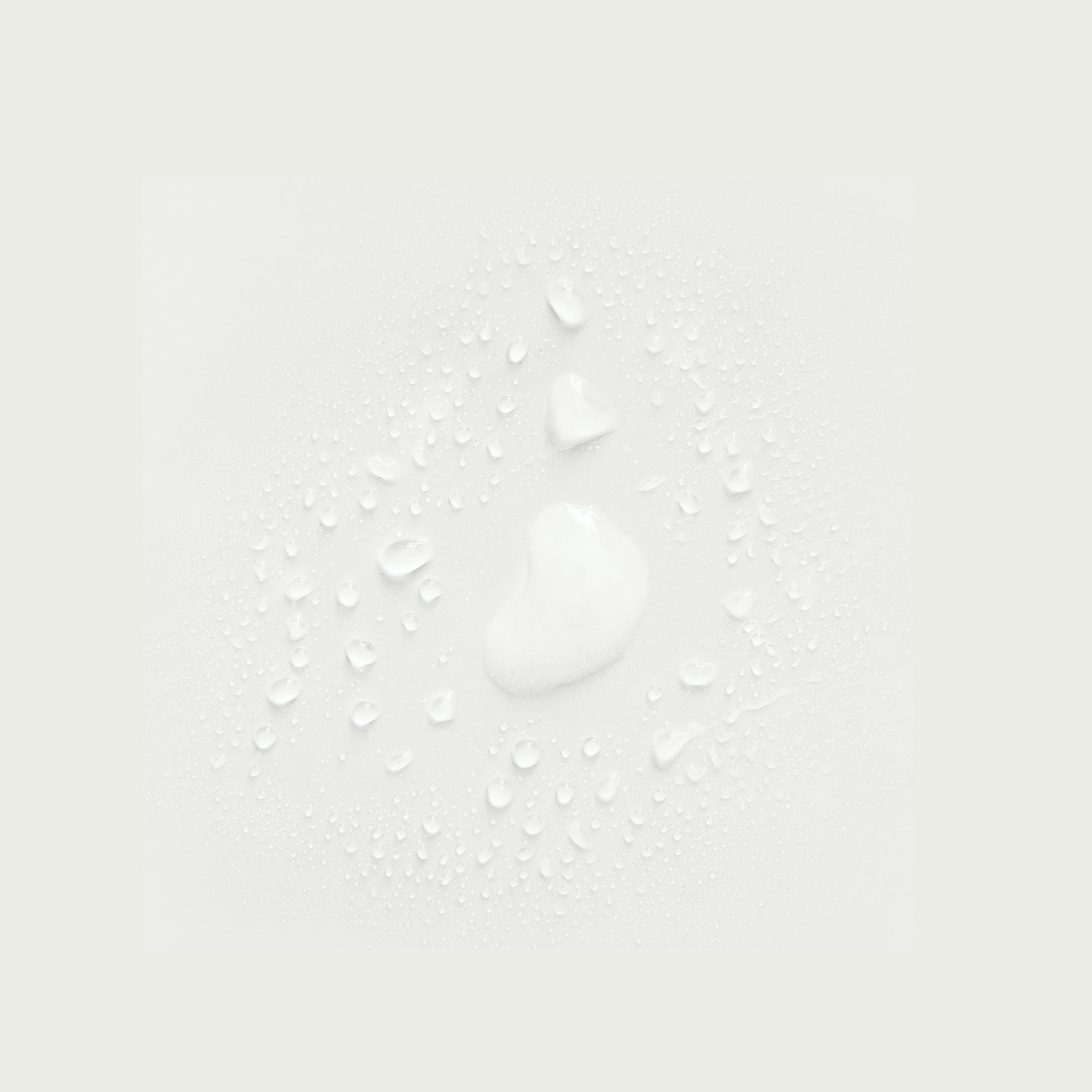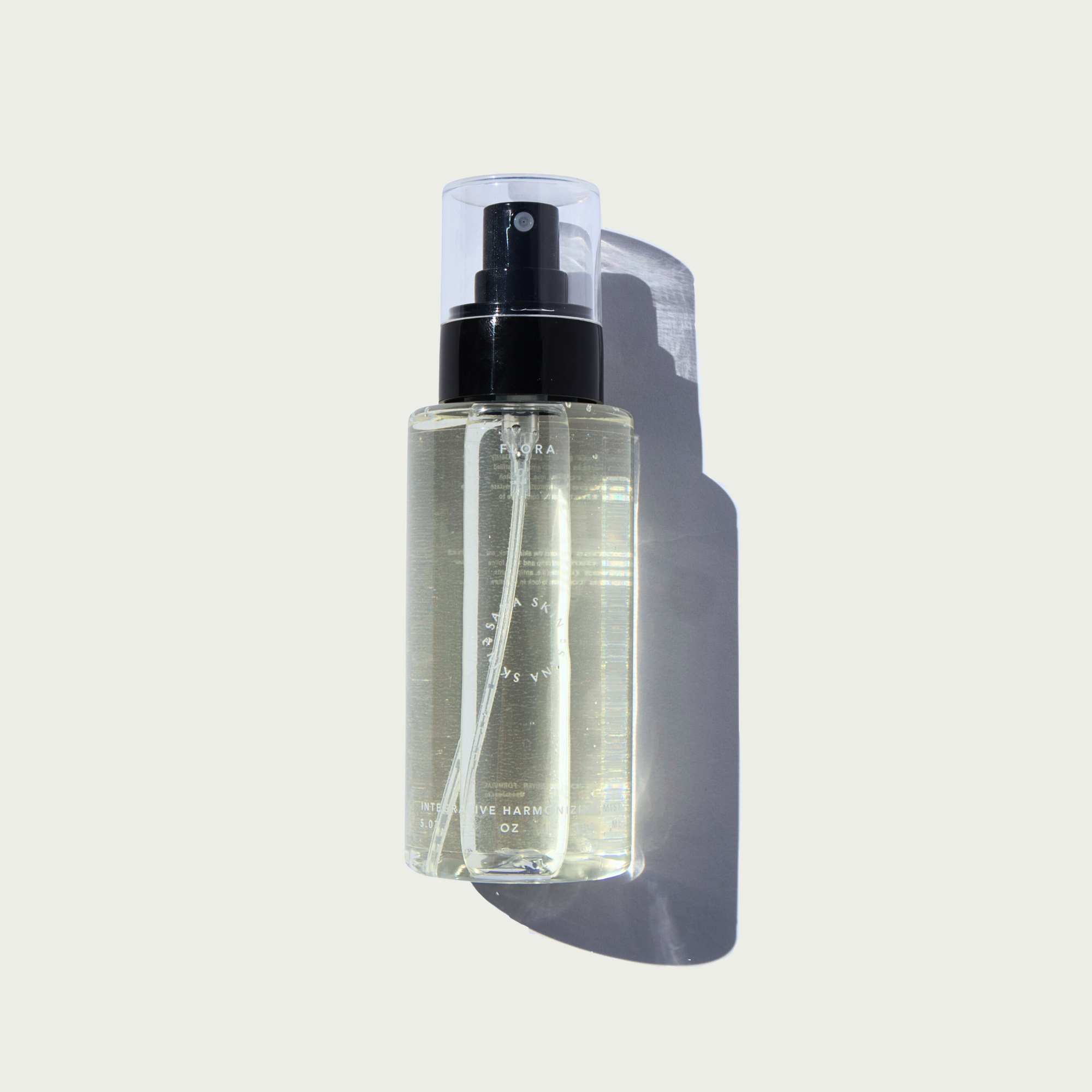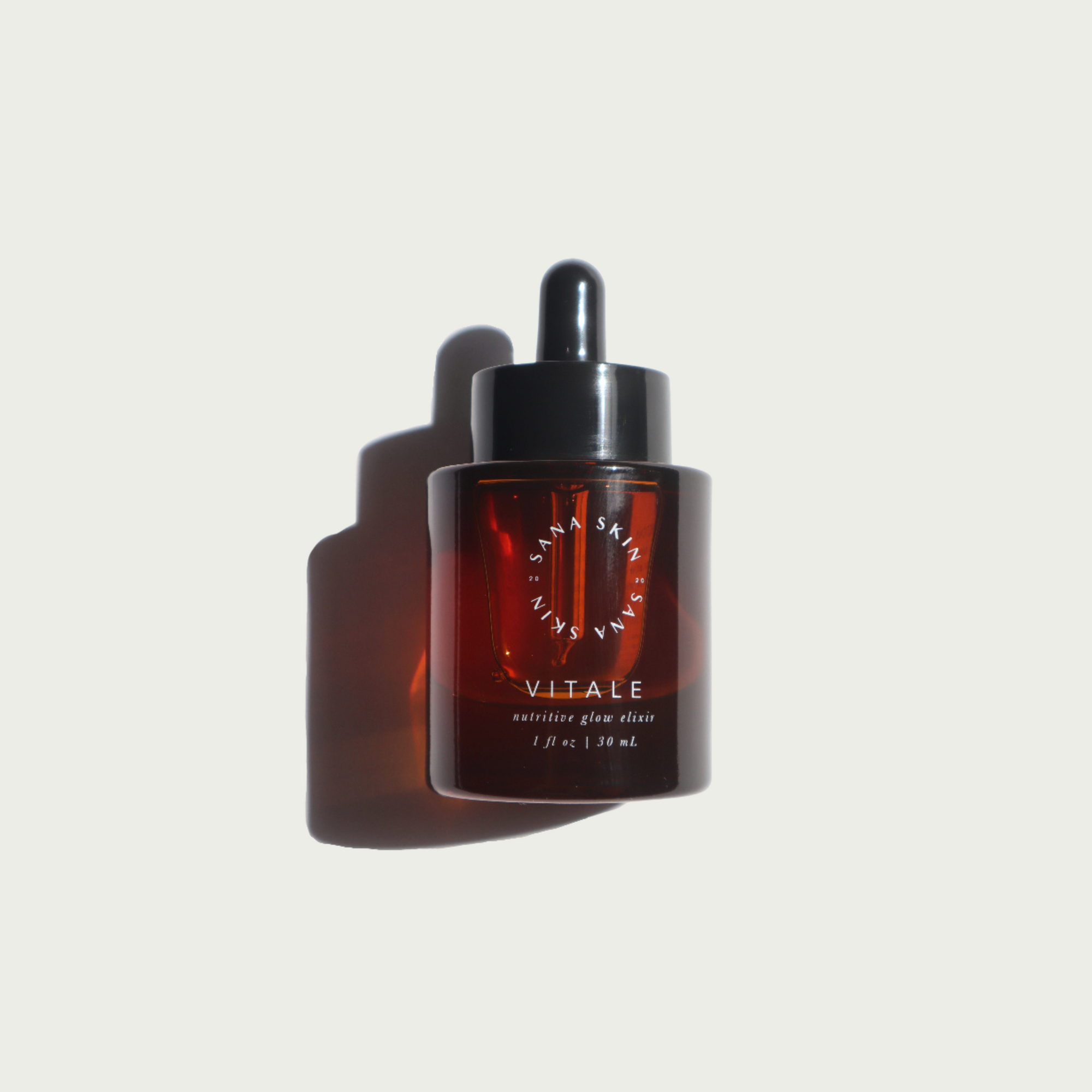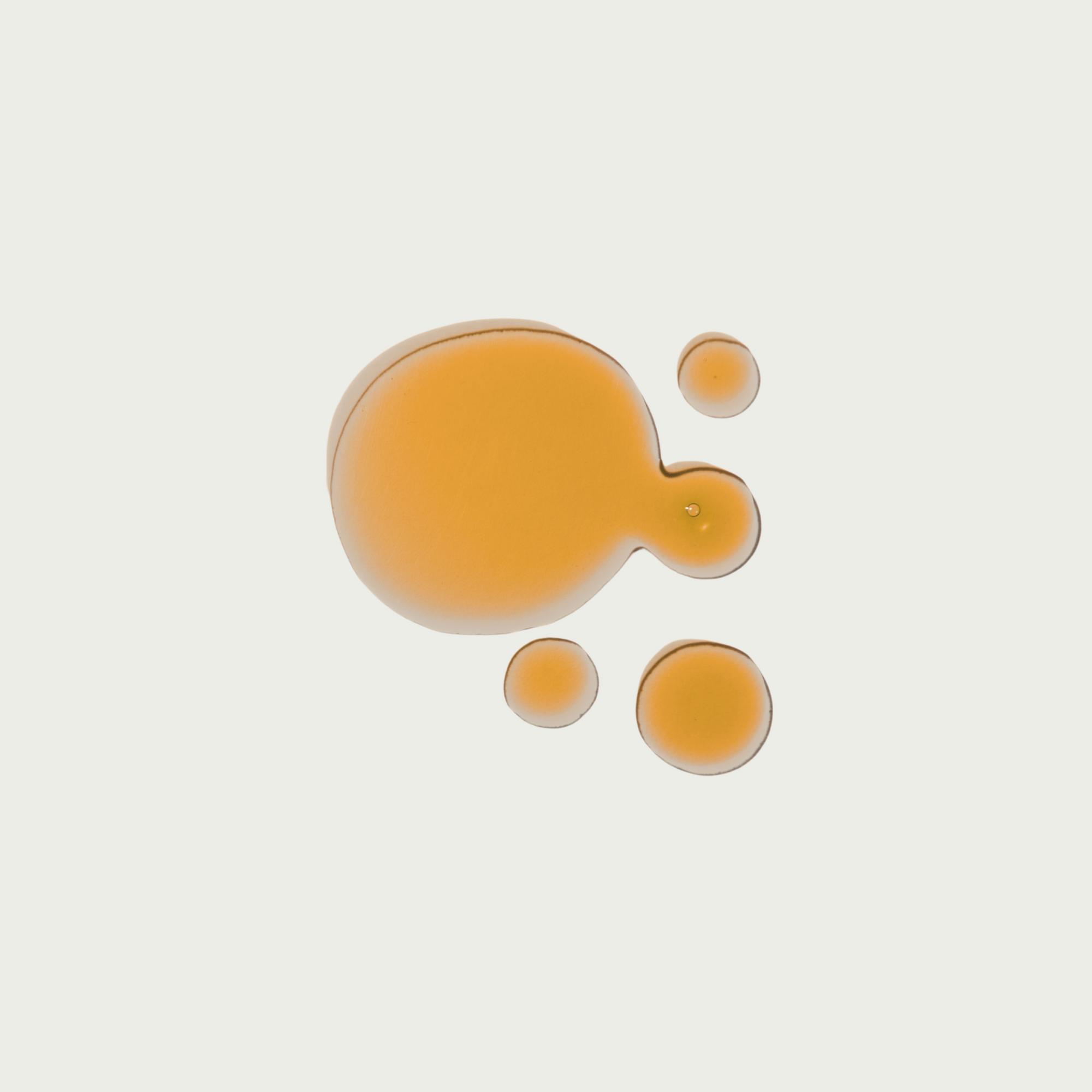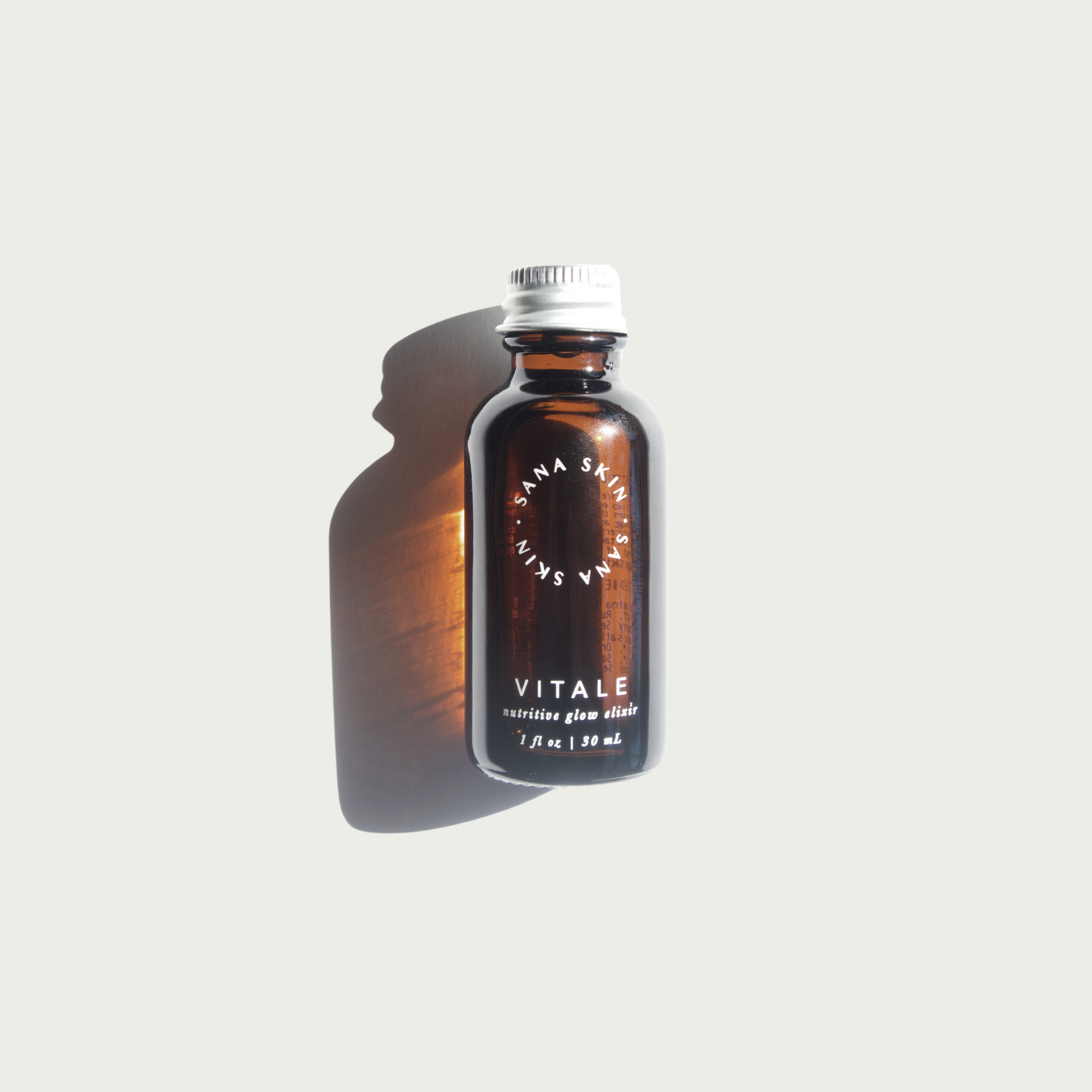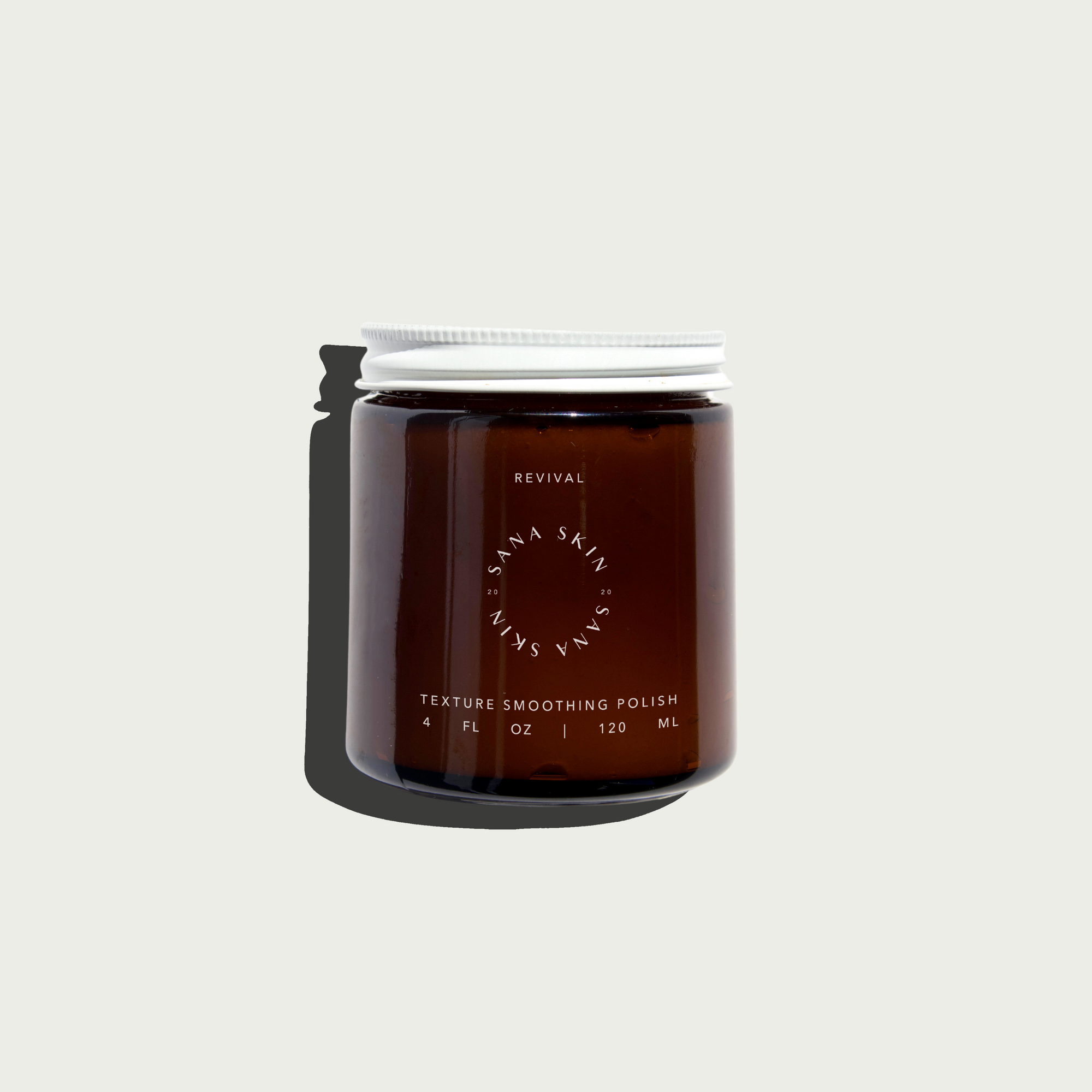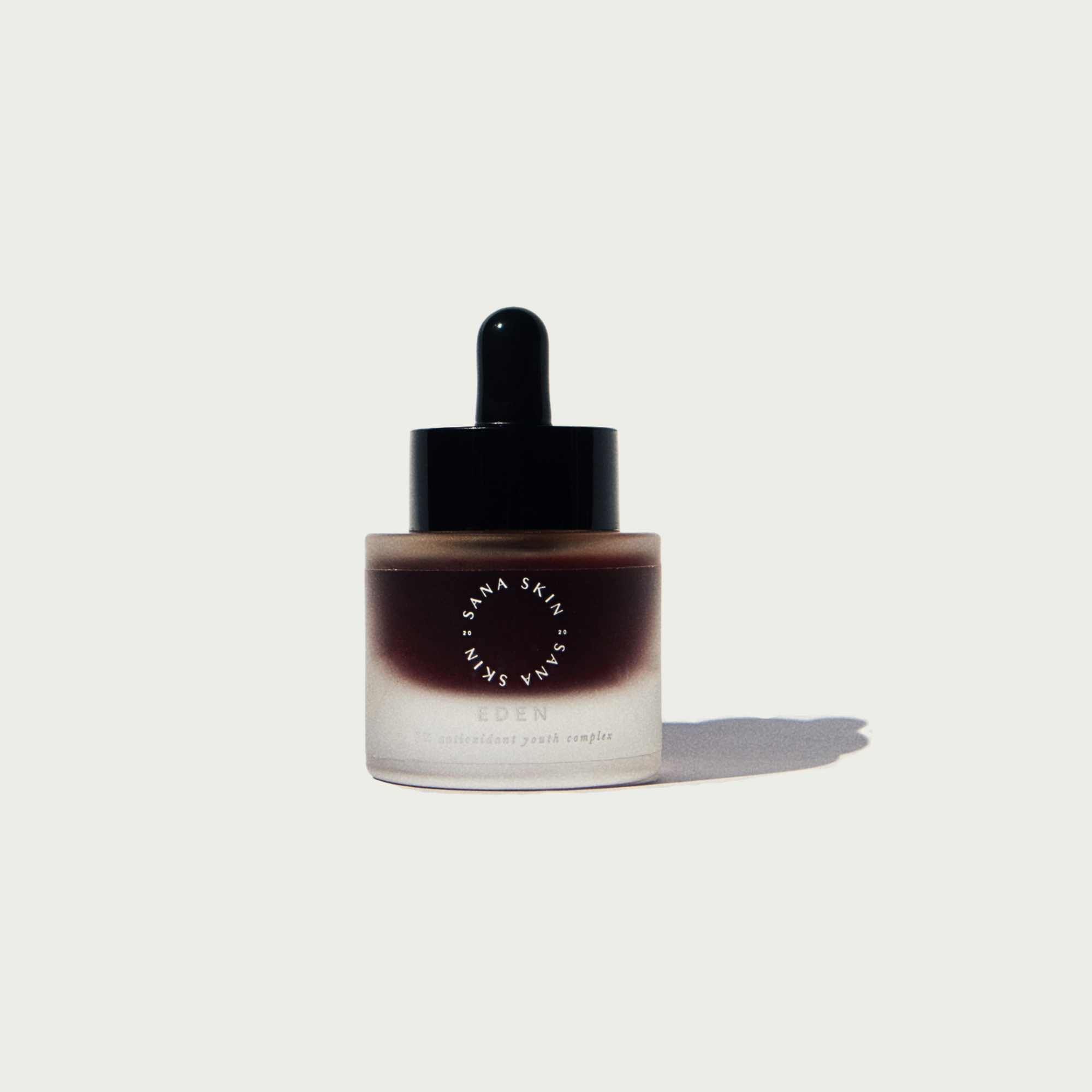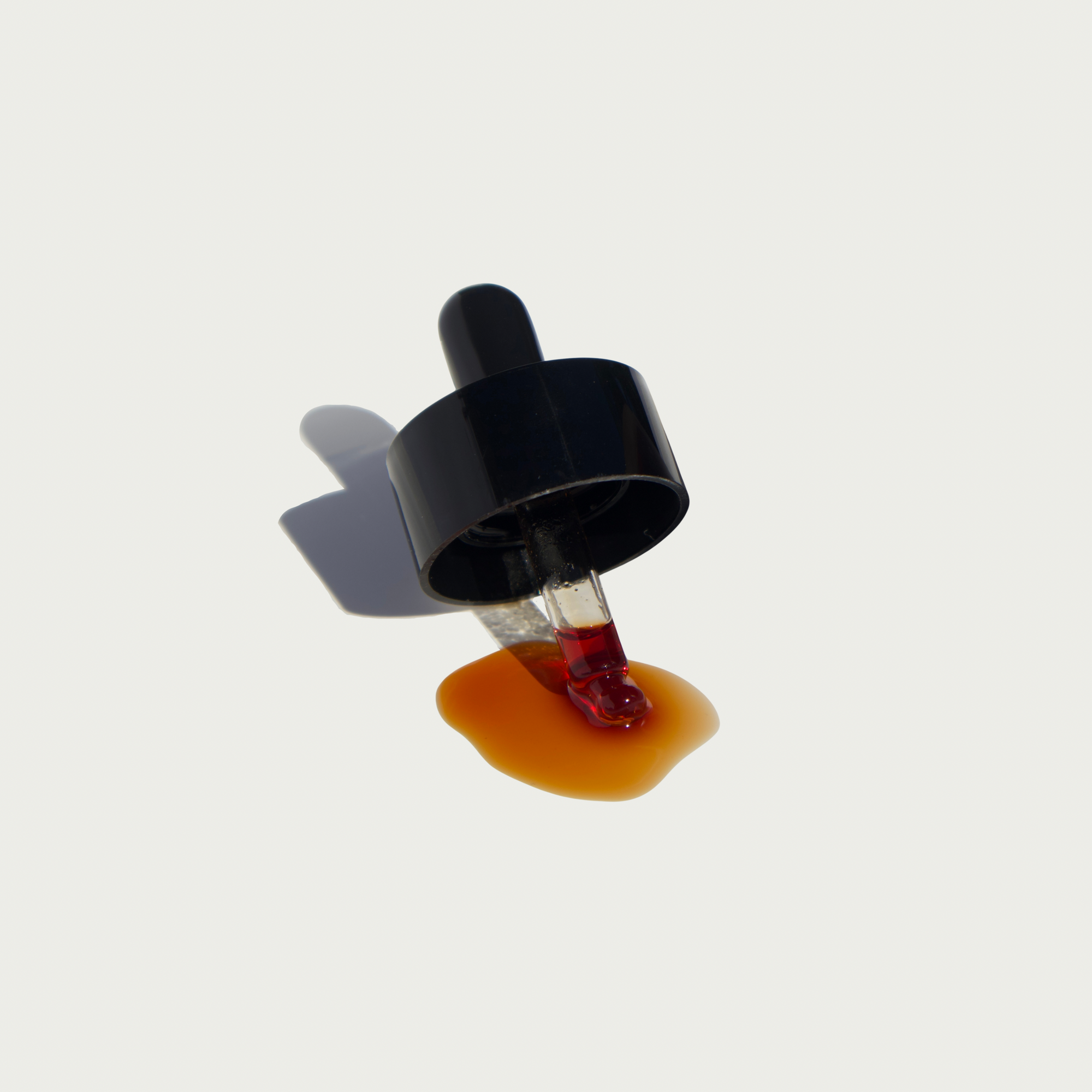By Sophia Ruiz, Integrative Esthetician, 3x Published Dermatology Research, + Founder/CEO of Sana Haus
Acne seems simple — on the surface level, breakouts seem to be linked strictly to hormone imbalances, bacteria, or the food we eat.
But, that’s not really the reality.
While hormone imbalances, sugar, and bacteria on the skin are linked to acne, there are dozens of underlying reasons why the link is there in the first place. These reasons are the true causes of acne: why our hormones are imbalanced in the first place, why bacteria overgrow, or why foods like sugar have a more significant effect on our skin.
In some cases, these “true” root causes are easy to identify.
Maybe your meals aren’t balanced in a way that supports a healthy blood sugar response or maybe you’ve got a vitamin D deficiency that makes it hard to keep your skin’s microbiome in check! These causes are easy to identify and, with some effort, relatively straightforward to fix.
In other cases, the true root causes are more obscure.
These are things like (but not limited to) glutamate sensitivity, lymphatic drainage issues, stealth infections, HPA axis dysregulation — all possible breakout triggers that are far less well-known and harder to identify.
Another more obscure trigger proposed as a cause for breakouts is a chemical most of us are probably familiar with: fluoride.
That’s exactly what we’re going to chat about today!
So, if you’re interested in learning more about fluoride, its long-standing connection to breakouts, and how to prevent fluoride-related skin issues — keep reading!
What is fluoride?
Fluoride is a chemical added to our water supply and an active ingredient in many oral care products used to prevent cavities.
For most of us, unless you’re filtering your water and using a fluoride-free toothpaste, fluoride is one of the most common, widespread exposures we encounter every day.
Can fluoride cause breakouts?
Fluoride and breakouts share something in common: they’re both extremely pervasive in our society. And while breakouts don’t exist because of fluoride, various dermatologists have proposed that it may be a contributor (at least in some cases).
More specifically, fluoride use and ingestion seems to be linked to two specific forms of breakouts: acne and perioral dermatitis (which can sometimes resemble acne).
These links come from the experience of dermatologists over the last few decades who began to notice a connection between stubborn acne and the use of fluoride-containing oral care products. In most of these cases, dermatologists attempted to treat cases of acne or perioral dermatitis, only to find that the conditions didn’t improve until the patients stopped using their fluoride toothpastes.
In one other case, they found eerily similar patterning of cystic acne-like breakouts in front of the ears and down the sides of the neck in two patients using the same high-concentration fluoride gel.
There are also many Redditors that swear quitting fluoride has improved breakouts around their mouth.
In fact, when you look into how fluoride can impact the skin as well as the surrounding tissues (like the lymphatic system) that influence its health, we start to see why fluoride could be a likely culprit.
What causes these fluoride-related breakouts?
The mouth mucosa (i.e. the inside of your cheeks, under the tongue) is highly permeable and richly supplied with both vascular and lymphatic vessels.
This means that what hangs around in your mouth regularly, like oral care products and oral microbiome, can impact the health of your whole body, but especially the skin and the lymphatic system around your face, neck, and chest.
This is super important — the health of our lymphatic system directly impacts the health of our skin. When the lymphatic system gets congested, it impairs our skin’s ability to reverse inflammation, setting the stage for chronic inflammation.
This chronic inflammation is what triggers breakouts and aggravates inflamed skin conditions, like perioral dermatitis.
So, in other words, lymphatic congestion can directly impact the clarity of our skin.
But, what causes the lymphatic congestion in the first place? And what does this have to do with fluoride?
The connection between fluoride and lymphatic stagnation
I’ve already gone pretty in depth on the lymphatic system already here, if you’d like to read more. But, in essence, research tells us that the main cause of lymphatic congestion is lymphatic inflammation.
When the lymphatic system is inflamed or in an oxidative stress state (read: high levels of free radicals), lymph flow slows down dramatically. So, anything that enters the lymphatic system at high enough quantities to trigger an inflammatory or oxidative reaction in the skin has the potential to cause inflammation (and breakouts) in the skin — especially in chronic cases.
When the lymphatic system is congested, you’ll typically see breakouts in these areas:
- in front of the ears
- behind the jawbone
- along the sides of the neck
- over the top of lymph nodes (like under the jaw)
Interestingly, these areas are the exact areas where patients exposed to high levels of oral fluoride experienced cystic-like breakouts.
And while there’s no research specifically linking fluoride to lymphatic dysfunction, what we understand about fluoride’s effects can potentially explain the connection.
In high quantities, fluoride is oxidative and inflammatory. This includes to the lymphatic system, where it can enter through the highly vascularized mucosa. Once there, it can interact with the cells of the lymphatic vessels, potentially causing congestion and, as a result, breakouts.
This explains why fluoride has the potential to affect our skin in the areas surrounding our mouth (like the perioral region), like we see in perioral dermatitis or breakouts around the mouth, but also the drainage points like the periauricular lymph nodes and drainage pathways on the sides of the neck — even if the fluoride never actually makes its way to the surface of our skin.
But, these effects aren’t necessarily limited to just the lymphatic system impacting the skin.
Fluoride and skin barrier function
Because the mucosa is also rich with blood vessels, fluoride can also easily move through the mouth into the skin. This means that fluoride, besides the effects on the lymphatic system, can directly influence skin cells.
Besides the potential for inflammatory effects on skin cells, fluoride can also dysregulate important proteins in the skin called keratins. These keratins protect, strengthen, and fortify the skin against damage. More importantly, we need a healthy balance of keratins for the all-important function of the skin barrier.
When the balance of keratins is dysregulated (by something like fluoride), it can lead to chronic skin barrier disruption. Interestingly, this is exactly what causes perioral dermatitis and can set the stage for breakouts to form.
Altogether, the evidence seems to point to one thing: fluoride-containing oral care products as a hidden culprit behind some cases of stubborn breakouts and perioral dermatitis.
Of course, not all cases of cystic breakouts around the ears / neck region, perioral dermatitis, or perioral breakouts are going to be caused by fluoride. After all, there are many different triggers for breakouts. But, just because not all cases are caused by fluoride doesn’t mean that fluoride isn’t involved in at least some cases.
Much of what we learn about our own skin comes from trial and error — trying different skincare regimens or foods or supplements and seeing how we respond. Each time we react positively or negatively to something, we learn more about what’s going on (and what’s not) within our skin and our body. More importantly, we start to learn more about what our skin’s unique needs are and how to care for it properly.
How can you prevent fluoride-related breakouts?
Fluoride use and consumption increases the amount of fluoride that our whole body is exposed to. Whether or not chronic consumption of or exposure to these sources of fluoride has any sort of negative impact on the body is both a topic of hot debate and more than likely dependent on our individual sensitivity and biochemical state.
But, what we do know is that fluoride may have a unique and possibly more direct impact on the skin. This is due to fluoride’s ability to form something called fluoride reservoirs in the mouth.
A fluoride reservoir is sort of like a sustained release of fluoride in the mouth. After repeated exposures, saliva levels of fluoride remain elevated even after the source of fluoride has already been rinsed from the mouth.
So, when you brush your teeth with a fluoride toothpaste, that fluoride stays in the mouth long after you’ve rinsed out your toothpaste.
Because of the close proximity between the mouth, the skin, and the lymphatic system, this means that, even if fluoride isn’t causing you any other issues, it could still be a problem for the skin over time.
This means that the best way to eliminate fluoride as a potential cause of breakouts is to remove or limit your exposure to high levels of fluoride.
Sources of fluoride: does it matter?
Most of the studies we have on fluoride, fluoride reservoirs, and fluoride exposure that is relevant to the skin is all centered around oral care products — fluoride toothpastes, fluoride mouthwashes, and other dental treatments like fluoride varnishes.
These are the most significant (but not only) sources of fluoride: over-the-counter fluoride toothpastes contain between 1,000-1,500 ppm of fluoride, prescription toothpastes up to 5,000 ppm, mouthwashes 200-400 ppm, and professional varnishes over 20,000 ppm.
They’re also arguably the most “important”. The observed protective effects of fluoride on cavity prevention and remineralization are mostly topical — meaning, the majority of the anti-cavity effects come from topical contact with fluoride, not from ingesting fluoride.
At the same time, oral care products aren’t the only source of fluoride. Fluoride is in most of our municipal water supplies, green tea, black tea, and matcha, and in some of our produce, like conventional grapes.
These sources of fluoride are significantly less concentrated: most US municipal water supplies contain 0.7-1.2 ppm of fluoride, green, black, and matcha teas between 1.0 and 3.0 ppm, and grapes around 2.0 ppm.
And while we do consume much higher quantities of these sources (even if they are dramatically lower in concentration), they don’t spend as much time in the mouth itself. We also don’t know if these sources of fluoride form fluoride reservoirs that could chronically expose the skin and lymphatic system to fluoride.
So, whether these other sources of fluoride actually contribute to our skin’s “fluoride load” — and, as a result, breakouts — is unclear. The oral care products are a much more significant and documented culprit.
(That being said, high levels of fluoride intake through these other sources could still contribute and could be worth looking into if you’re dealing with particularly stubborn breakouts.)
So, is clearing fluoride-related breakouts as simple as stopping the use of fluoride oral care products?
Maybe, maybe not.
Fluoride-free for clearer skin: can you support dental health without the use of fluoride toothpastes?
Fluoride is the most widely-used, extensively studied anti-cavity ingredient. Of course, a fluoride deficiency is not the reason we get cavities — genetics, sugar, and processed carbohydrates are responsible for that. Still, there’s no question that it helps prevent cavities. The real question is whether it does so without harm, including to our skin (and, often, our mental health as a result).
But, opting out of fluoride for our skin’s sake begs the same question: can we do so without harm?
I think the answer is highly individual and depends on multiple factors: budget, susceptibility to cavities (which is, in part, genetic), and overall diet.
Why going fluoride-free isn’t so straightforward
It’s really important to prevent cavities and dental infections, for obvious reasons. But, it’s important for our skin health, too. Oral microbiome imbalances can be just as harmful for the skin as fluoride can. Bacteria in our mouth produce endotoxins and other proteins that are known to directly affect our skin health — potentially triggering inflammation in our skin and lymphatic system, and adding to the total inflammatory burden of the body.
While fluoride isn’t needed to balance the oral microbiome (there are plenty of herbs, minerals, and other ingredients that balance the microbiome), fluoride does prevent cavities. And preventing cavities reduces the chances that you’ll end up with a more severe infection in the gum that can have a more dramatic effect on the skin but can also potentially travel to other parts of the body like the heart or the brain.
Once these infections form, they can’t be addressed with natural oral care products anymore and require more invasive dental treatments (expensive and often stressful) and antibiotics (not great for the skin).
At the same time, I also personally understand the impact that breakouts can have on our mental health and, if you’re a parent, your children’s mental health. So, if you notice a correlation between your fluoride toothpaste and breakouts, I totally get wanting to switch.
The most important thing is that we’re being really proactive and conscious about prevention.
So, if we’re going to use fluoride-free oral care products for our skin’s benefit, we have to make sure our oral care regimen is beefed up to not only balance the oral microbiome but also aggressively prevent cavities.
The best fluoride toothpaste alternative
It’s important to note that you should always consult your dentist before changing any part of your dental care regimen. While there are fluoride alternatives with research showing they can be as effective as fluoride (without the risks for the skin), they may not be right for everyone.
For example, if you have a history of cavities or dental infections, you may want something that has a more robust body of research behind it (like fluoride), even if only for your peace of mind.
Effective fluoride alternatives are also significantly more expensive than fluoride — as much as 10 times the price, depending on the fluoride toothpaste you currently use. As effective as the alternatives may be, it has to be reasonably within your budget.
Diet changes can also be helpful, as we’ll touch on in a second. After all, what we eat is the most influential factor in our dental health. These changes — consuming more whole foods, cutting down on sugar and processed carbohydrates, eating nutrient-dense, mineral rich foods — are an investment in so much more than your dental health.
Nonetheless, these changes are also expensive and not necessarily ones that every one can make all at once.
So, take this information with a grain of salt!
That aside, there is one ingredient that new research shows may be as effective as fluoride for preventing cavities.
This ingredient is: hydroxyapatite.
Hydroxyapatite toothpastes: how to use them safely
Hydroxyapatite comes in two forms: micro-hydroxyapatite and nano-hydroxyapatite. While both can remineralize teeth and support our teeth’s defense against cavities, nano-hydroxyapatite is significantly more effective, with some studies showing it’s as effective as fluoride for remineralizing teeth.
For this reason, most holistic dentists recommend nano-hydroxyapatite over micro-hydroxyapatite as a healthier, non-toxic fluoride alternative.
That being said, some questions have been raised about the safety of nano-hydroxyapatite lately, especially in the EU. This comes as no surprise — in general, any nanoparticle has the potential to be harmful to cells.
However, nano-hydroxyapatite was recently reviewed this year by the EU Scientific Committee on Consumer Safety (SCCS) and determined to be safe for use in toothpastes when used in concentrations up to 10%. Although, this rule only applies to rod-shaped nanoparticles, not needle-shaped nanoparticles.
Rod-shaped particles are typically what are used for toothpastes. But, there is the potential for some needle-shaped particles to form during production. Importantly, while the rod-shaped nano-hydroxyapatite particles are safe to use in concentrations up to 10%, needle-shaped nanoparticles are not.
So, if you make the decision to switch to hydroxyapatite instead of fluoride, opt for a nano-hydroxyapatite toothpaste over a micro-hydroxyapatite, ideally. But, make sure that the concentration is less than 10% and that the nanoparticles are rod-shaped.
If you can’t confirm the concentration or shape of the nanoparticles, micro-hydroxyapatite is not a perfect option, but it is at the very least somewhat effective.
I know this can be a bit of a hassle to do (I know you are all little busy bees!), so I reached out to a few toothpaste companies who use nano-hydroxyapatite on behalf of all of us!
Risewell confirmed that they use 5% nano-hydroxyapatite in their PRO strength formula (both kids and adult toothpastes) alongside 10% micro-hydroxyapatite. They also confirmed that the nano-hydroxyapatite is rod shaped, not needle shaped. (Not sponsored!)
Bliss Energetics also makes a product called Tooth Puddy, a paste containing naturally-sourced micro-hydroxyapatite that is directly applied to demineralized areas of teeth and cavities to support remineralization. It’s not made with nano-hydroxyapatite (which is considered the most effective, but I’ve included it because they have some incredible before-and-afters. Although, the overall reviews are mixed and there seems to have been a recent formula change that not everyone loves!
Other preventative strategies to support dental health
If possible, you should also support nano-hydroxyapatite’s anti-cavity effects with other preventative strategies:
- Sufficient vitamin A, D, and K2. Vitamin A, D, and K are all non-negotiably essential for teeth and bone remineralization. Cod liver oil, regular safe sunshine, and vitamin K2 (supplemental K2 in the MK-7 form is great and, also, great for hormones) are all ways you can naturally support your dental health. Nordic Naturals makes a kid’s omega-3 cod liver oil supplement and I like Rosita’s Cod Liver Oil capsules for adults.
- Adequate mineral intake. Most of us know that we need plenty of calcium for healthy teeth and bones. After all, we can only remineralize our teeth if we have the calcium to do so! But, what is often overlooked is magnesium’s role in the remineralization process. We need magnesium to activate vitamin D so it can actually stimulate calcium transport to our teeth.
- Herbal mouth rinses. Herbs are powerful plants that contain phytochemicals with various kinds of properties. Many of these phytochemicals can be antibacterial and help kill acid-forming bacteria that erode enamel.
- Xylitol gum. Xylitol is a sweetener alternative with alkalizing properties. By neutralizing acid after meals, xylitol helps prevent enamel erosion.
- Reducing snacking. More snacking means more contact with acid, which means more opportunities for enamel to erode.
- Rinsing with water after acidic foods/drinks. This helps to reduce acid contact with teeth to avoid damage to enamel.
Conclusion: if you’re dealing with stubborn breakouts or perioral dermatitis, consider switching to fluoride-free oral care
While fluoride is not likely to be a major cause of breakouts or perioral dermatitis, it may be a hidden trigger of stubborn inflammatory skin conditions that seem to linger despite all your efforts.
In these cases, opting for fluoride-free alternatives over your traditional fluoride oral care products may be helpful, even if only to rule it out as a contributor.
Nano-hydroxyapatite toothpastes, made with rod-shaped particles at concentrations of 10% or lower, is the safest and most effective alternative option. Although, you’ll want to discuss switching with your dentist first and consider incorporating other preventative strategies (like diet and lifestyle changes) alongside nano-hydroxyapatite.
There are also other sources of fluoride we’re exposed to: our fluoridated municipal water supplies, green tea, black tea, matcha powder, and conventional grapes. While these have much lower levels of fluoride compared to most oral care products and are unlikely to be an issue for our skin, it’s worth keeping an eye on breakouts or dermatitis flare ups and if they happen to coincide with any of these fluoride sources.
References:
- https://jamanetwork.com/journals/jamadermatology/article-abstract/540621
- https://jamanetwork.com/journals/jamadermatology/article-abstract/535898
- https://www.ncbi.nlm.nih.gov/pmc/articles/PMC3016077
- https://pubmed.ncbi.nlm.nih.gov/23981221/
- https://www.ncbi.nlm.nih.gov/pmc/articles/PMC9496030/
- https://www.ncbi.nlm.nih.gov/pmc/articles/PMC9179518/
- https://pubmed.ncbi.nlm.nih.gov/2059973/
- https://www.ncbi.nlm.nih.gov/pmc/articles/PMC7442307/
- https://www.ncbi.nlm.nih.gov/pmc/articles/PMC9096585/
- https://jamanetwork.com/journals/jamadermatology/article-abstract/535073
- https://www.ncbi.nlm.nih.gov/pmc/articles/PMC8432723/#sec3-materials-14-04865title
- https://health.ec.europa.eu/system/files/2022-08/sccs_o_246.pdf


